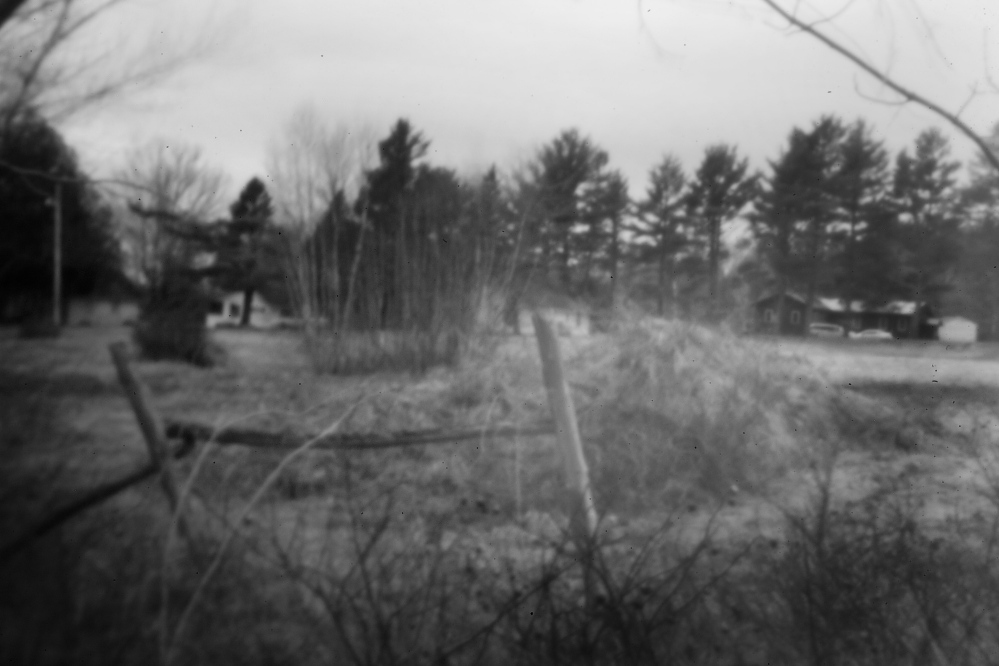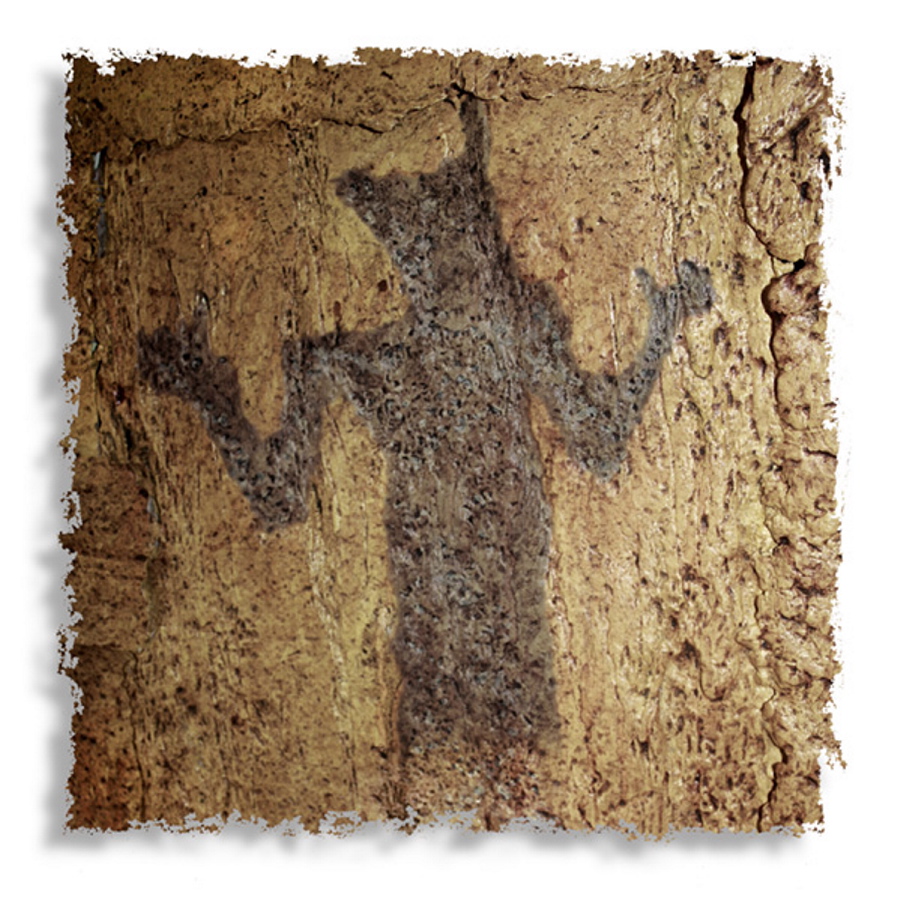
Outside the courtrooms, the Passamaquoddy had also been fighting for control of their land and destiny.
Inspired by the Rev. Martin Luther King Jr. and the ongoing campaign for civil rights in the South – and furious over the lack of justice in the 1965 killing of Peter Francis and the 1967 incidents of police brutality – increasing numbers of tribal members had come around to former Pleasant Point Gov. George Francis’ more confrontational perspective. Things had to change, and Indians had to take direct, nonviolent action to force Maine’s people to agree.
In the final months before his assassination, King had been organizing a civil disobedience campaign – “nonviolent, but militant, and as dramatic, as dislocative, as disruptive, as attention-getting as the (1967) riots, without destroying property” – for economic justice and human rights for poor Americans, regardless of background.
George Francis – now the tribe’s nonvoting representative to the state Legislature – joined the effort, the Poor People’s Campaign, which was to culminate in a march on Washington in June 1968. Despite King’s April 4 assassination in Memphis while organizing the event, the march went forward as planned.
Francis, age 75, was among the 3,000 who camped out in tents in a shantytown on the National Mall in Washington known as Resurrection City. “I have two problems: one is whiskey and another is milk,” he told Sen. Edmund Muskie’s Subcommittee on Intergovernmental Relations.
Maine’s Department of Indian Affairs had cut off deliveries of milk to children because of budget problems, he explained, “and all hospital and medical care has been taken away, except for emergencies.” Meanwhile, his complaints that Indians were selling their state food parcels to buy whiskey were falling on deaf ears.
His people’s trust fund, he told the press, was being improperly held by the state, which refused to even pass along the earned interest to the tribe.
Shortly thereafter, back at Indian Township, 40 tribal members sat down in front of the skidders and logging trucks of a party of Quebecois contractors cutting trees on the reservation for Georgia-Pacific. The action came on July 4, 1968, one week after the Indians had ordered the paper company to remove its harvesting equipment from their township, alleging their operations were doing irreparable damage to the timber, which both the company and the tribe claimed.
Indian Township Gov. John Stevens demanded the company – which heretofore had hired only whites – adopt all-Indian crews, as they would be unlikely to look the other way when abusive cutting practices occurred. “They are using bulldozers and scraping the land barren,” Stevens told the Press Herald. “There won’t be a thing growing there for 200 years if we let them continue their present tactics.”
The Indians “had a merry picnic in the woods as their way of protesting,” the Maine Times reported from the reservation. “The demonstration was not only nonviolent, it was gay.”
Four days later, Georgia-Pacific backed down, agreeing to train and hire Indian crews, to repair damage caused to date, and to turn over all cutting operations to the tribe within 15 years.
The following summer, the tribe also forced state officials to distribute milk and prescription medicines by setting up a roadblock on U.S Route 1 in Indian Township, which had been constructed decades earlier without compensation or permission. Cars were charged a $1 toll, trucks $2, for an hour or more before police arrived, the proceeds to be used to buy the milk and medicine.
“Some of those tourists would hand us a handful of dollar bills and say, ‘Yeah, give ’em hell,'” Stevens recalls with a laugh. “We collected a few hundred dollars in a few minutes there.”
In just a few short years, the tribe had rallied behind forceful leaders like George Francis, who were willing to brave retaliation from state officials to demand what had been taken from them.
Francis died in November 1971, just a month before Tom Tureen presented his aggressive theory of the land claims case to his people. He was 78.
Other tribes were taking a forceful approach, inspired by the American Indian Movement, which occupied the headquarters of the federal Bureau of Indian Affairs in 1971 and, in 1973, became involved in an armed 71-day standoff in Wounded Knee, South Dakota, site of an 1890 massacre of at least 150 Lakota Sioux by U.S. troops. After a month of largely sympathetic media coverage, federal authorities banned the press from interviewing the Indians.
Passamaquoddy activism reflected the more militant mood.
In March 1967, tribal members blocked Route 190, which was blasted through the Pleasant Point reservation in the 1950s, in solidarity with the Wounded Knee Sioux. They burned rubber tires. Council member Ralph Dana and two others suffered minor injuries when 25-year-old Basil Pottle of Eastport struck them while accelerating through the roadblock. Shead High School sent students home early because of rumors of incidents at the school, where 20 of the 50 students were Passamaquoddy.
In 1972, Indian Township voters elected an aggressive young chief, Allen Sockabasin, who took a confrontational attitude toward state officials, alarming some in the tribe. Sockabasin, 28, who wore his hair long in the traditional fashion of his people, subsequently demanded the state vacate a group of Forestry Department buildings that had been constructed on the reservation. He shocked many by walking out of a meeting with Gov. Jim Longley, who backed down after Sockabasin occupied the buildings.
Thereafter Sockabasin fired the reservation’s police chief for allegedly intimidating unarmed Indians with a 12-gauge shotgun. He halted construction of a $2.2 million federally funded housing project on the belief that Indian workers at the site were being paid far less than non-Indians and not being provided professionnal training as previously agreed; the tribal council overruled him.
The next month, July 1976, somebody fired two rifle shots at his mobile home, narrowly missing his bedroom window and causing Sockabasin to seek police protection from the state. A gunman also fired into the home of State Trooper Robert Desjardin, who lived near Indian Township.
Sockabasin lost re-election to the veteran John Stevens in September 1976, but his most powerful contribution to the Indians’ land claims was yet to come. In April 1977, he was accused of setting fire to the reservation’s elementary school. He denied it and claimed that his rival, John Stevens had framed him.
“There were several of us at a party, and somebody set fire at the school, and when the police arrived, John Stevens said, ‘Arrest him!'” Sockabasin says. “And the police said, ‘For what?’ But they did it. And at the trial the witness – one of his supporters – said she didn’t actually see me do it, though she said she had that night.”
In defending himself, however, Sockabasin would transform the legal landscape of his people.
Colin Woodard can be contacted at 791-6317 or at:
cwoodard@pressherald.com
Coming tomorrow:
Settling the claim
Send questions/comments to the editors.





Comments are no longer available on this story